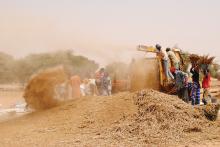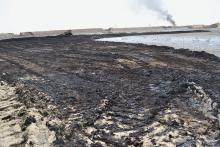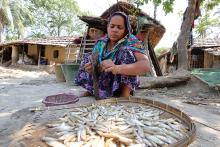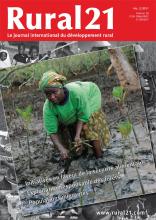Land Library
Welcome to the Land Portal Library. Explore our vast collection of open-access resources (over 74,000) including reports, journal articles, research papers, peer-reviewed publications, legal documents, videos and much more.
/ library resources
Showing items 1 through 9 of 34.Every year most parts of India are affected by drought.But the Centre and State has failed so far to diagnose the drought phenomenon and to come up with a long term solution. Declaration of drought is a sensitive issue.
In the debate on climate change, it is frequently argued that the number of “climate refugees” is going to grow world-wide. So far, however, only little evidence has been provided of links between climate change, environmental changes and migration.
Tropical forage grasses and legumes as key components of sustainable crop-livestock systems in Latin America and the Caribbean have major implications for improving food security, alleviating poverty, restoring degraded lands and mitigating climate change.
China has a longstanding tradition of using biogas for decentralised energy supply. Already, there are nearly 42 million household digesters in the rural areas, a figure set to double by 2020. But the country has even more ambitious plans.
German Development Cooperation has developed an approach for the sustainable production of charcoal that has proved to have a considerable impact in Northern Madagascar.
Soils around the world are degrading rapidly, reducing ecosystem diversity and some important functions, threatening food and other human securities, and increasing vulnerability to climate change. This is a vicious cycle created by and leading to further unsustainable land-use practices.
More than three times as much carbon is stored in soils across the world as it is in the atmosphere, making them one of the most important global carbon sinks.
This toolkit provides a step-by-step guide to integrating disaster risk reduction and climate change adaptation into the coastal and marine ecosystem management in the coastal sub-region of South Asia including Bangladesh, India, Maldives, Pakistan and Sri Lanka.
L’importance des forêts pour atténuer le changement climatique et favoriser la conservation des espèces, comme moyen de stockage de l’eau, de production d’oxygène, de protection du sol et comme source d’humus, est bien connue.







